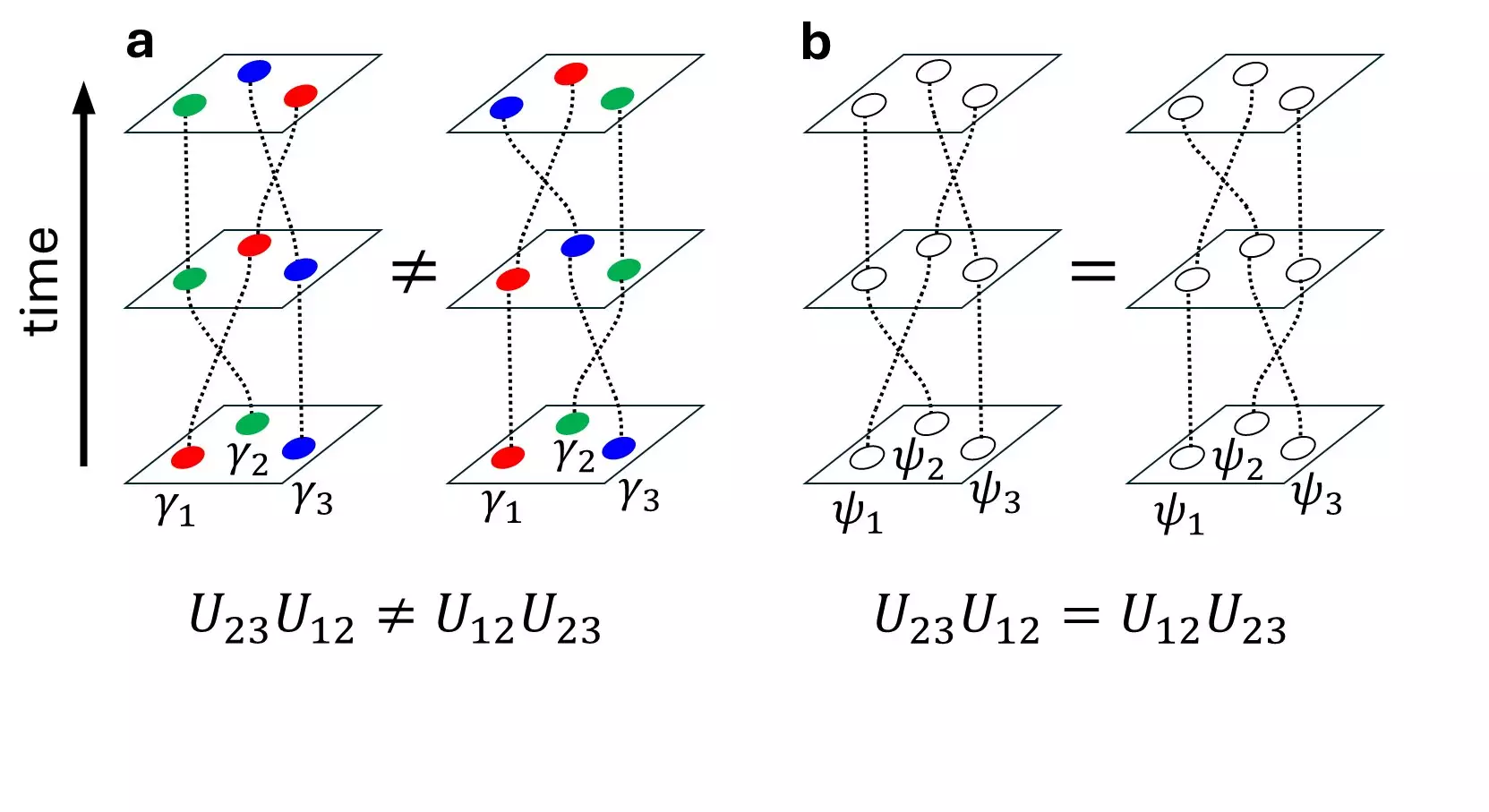In the continually evolving field of quantum computing, researchers are on the lookout for novel materials and mechanisms that could lead to practical implementations of fault-tolerant quantum systems. A recent breakthrough has emerged from a collaborative research effort that unveiled the world’s first multiple Majorana zero modes (MZMs) situated within a single vortex of the superconducting topological crystalline insulator SnTe. This discovery, which was reported in the prestigious journal Nature, offers exciting prospects for future quantum computing applications, potentially moving us away from traditional architectures that have struggled with error correction and stability.
The Majorana zero mode is an exotic quasiparticle characterized by its unique zero-energy state. Unlike conventional particles, which adhere to straightforward statistical rules, Majorana modes exhibit non-Abelian statistics. This non-standard behavior allows for a variety of braiding sequences that do not uniformly yield the same outcome, thus enabling a new dimension of quantum computation. The potential for MZMs to resist local perturbations positions them as an ideal candidate for achieving resilient quantum computation frameworks, something that has prompted researchers to explore suitable materials extensively.
Breaking New Ground with Crystal Symmetry
Despite advancements in generating artificial topological superconductors, manipulating MZMs has proved to be a significant hurdle, primarily due to the spatial separation of these modes. The team led by Professor Junwei Liu from the Hong Kong University of Science and Technology, in partnership with researchers from Shanghai Jiao Tong University, has creatively circumvented this challenge. Their innovative study capitalizes on the inherent properties of crystal symmetry to control the coupling between the MZMs without resorting to cumbersome real-space movements or relying on strong magnetic fields.
The strategic advantage of their research lies in the realization of magnetic-mirror-symmetry-protected multiple MZMs, residing within a single vortex of SnTe. This innovative approach not only highlights the use of crystal symmetry but also allows them to demonstrate the interactions of these modes through precise control mechanisms. By employing advanced techniques in low-temperature scanning tunneling microscopy and theoretical simulations, the researchers laid the groundwork for the hybridization of these unique quasiparticles.
In the experimental phase, the team focused on the SnTe/Pb heterostructure, observing significant variations in the zero-bias peak—a crucial indicator of MZMs—when subjected to tilted magnetic fields. This observation does not only reinforce the existence of these zero modes but also establishes a robust correlation between crystal-symmetry and MZMs. Following this, the theoretical branch of the team contributed by conducting extensive numerical simulations, illustrating how the anisotropic responses seen were indeed rooted in the crystal-symmetry-protected nature of the MZMs.
Utilizing the kernel polynomial method enabled the team to simulate vast vortex systems composed of millions of orbitals. This computational power has unlocked new avenues for investigating not just crystal-symmetry-protected MZMs but the broader properties and behavior of vortex dynamics within topological insulators.
The pioneering findings of this research group do more than present an intriguing scientific discovery; they signify the dawn of a new era in quantum computing. The demonstrated ability to detect and manipulate multiple MZMs using crystal symmetry paves the way for practical implementations of non-Abelian statistics. This advancement could revolutionize the design of topological qubits and quantum gates, creating more reliable and fault-tolerant quantum computers.
Navigating the complexities of quantum systems requires not just innovative materials but also novel methodologies. The work executed by this research team exemplifies the interdisciplinary approach necessary to push the boundary of our understanding. Their collaborative efforts, combining theoretical prowess with experimental acumen, reveal a promising future where quantum systems can become more robust and commercially viable.
In a world where the promise of quantum computing looms large, the proper exploration and cultivation of Majorana zero modes stand to usher in transformative breakthroughs that could reshape technology as we know it. The journey from theoretical speculation to tangible quantum systems is now more attainable, thanks to the insights garnered from this groundbreaking research.

